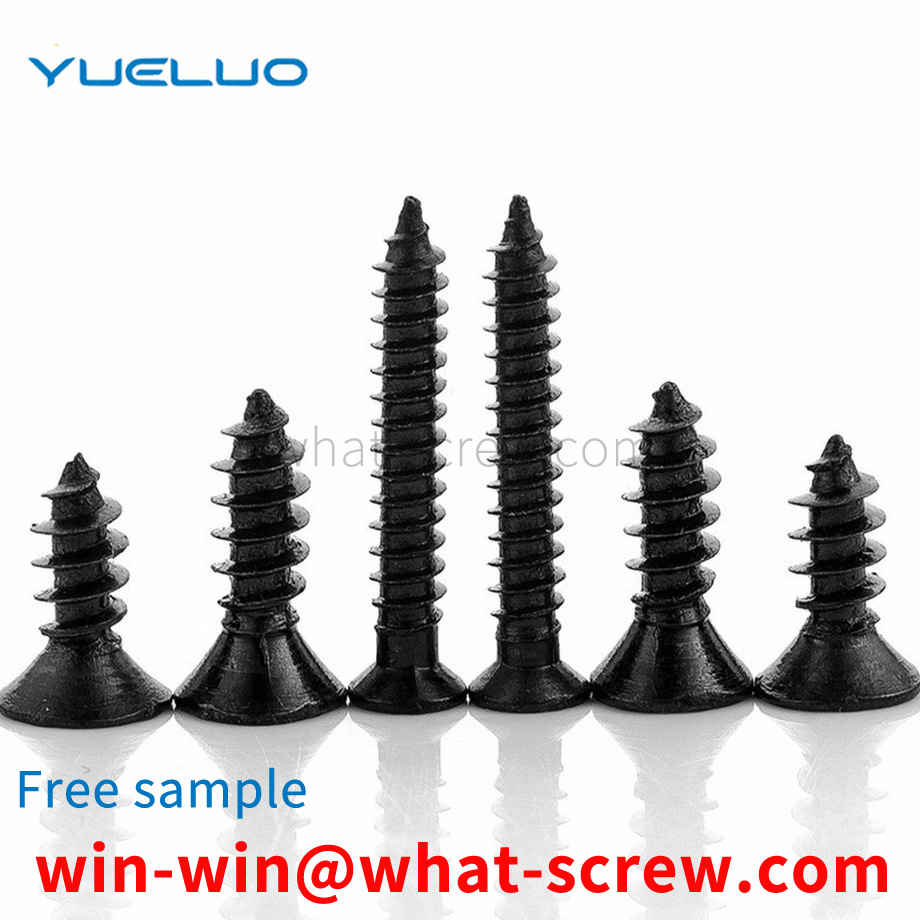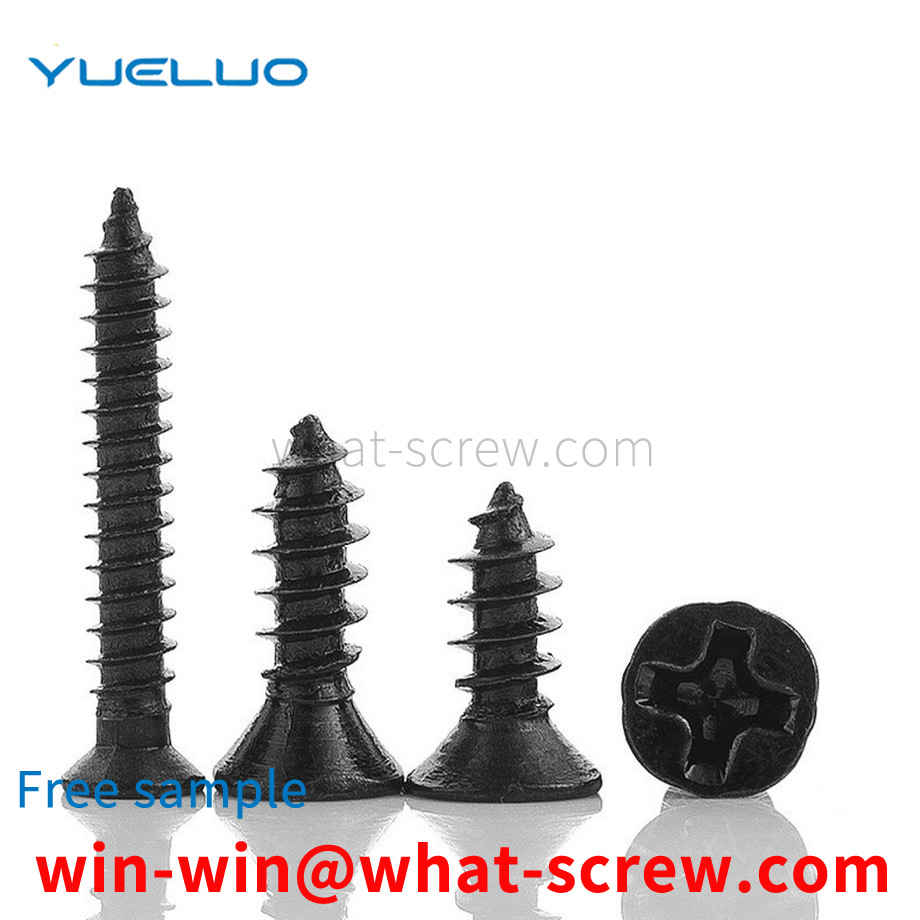When the countersunk head screws and hexagon socket head bolts are produced by the cold heading process, the original structure of the steel will directly affect the forming ability of the cold heading process. In the process of cold heading, the plastic deformation of the local area can reach 60%-80%, so the steel must have good plasticity. When the chemical composition of the steel is constant, the metallographic structure is the key factor to determine the plasticity. It is generally believed that the coarse flaky pearlite is not conducive to cold heading forming, while the fine spherical pearlite can significantly improve the plastic deformation ability of the steel. For medium carbon steel and medium carbon alloy steel with a large amount of high-strength bolts, spheroidizing (softening) annealing is performed before cold heading, so as to obtain uniform and fine spheroidized pearlite to better meet the actual production needs. For the softening annealing of medium carbon steel wire rods, the heating temperature should be kept above and below the critical point of the steel, and the heating temperature should not be too high, otherwise tertiary cementite will precipitate along the grain boundary, resulting in cold heading cracking. The wire rod of medium carbon alloy steel is annealed by isothermal spheroidization. After heating at AC1+ (20-30%), the furnace is cooled to slightly lower than Ar1, the temperature is about 700 degrees Celsius for an isothermal period, and then the furnace is cooled to about 500 degrees Celsius and air-cooled. The metallographic structure of the steel changes from coarse to fine, from flake to spherical, and the cracking rate of cold heading will be greatly reduced. The general area of softening annealing temperature for 35\45\ML35\SWRCH35K steel is 715-735 degrees Celsius; while the general heating temperature for spheroidizing annealing of SCM435\40Cr\SCR435 steel is 740-770 degrees Celsius, and the isothermal temperature is 680-700 degrees Celsius.
Riveting nut tool is a special installation tool for riveting nut, including pneumatic riveting nut and electric riveting nut. Pneumatic riveting nut tool has the advantages of fast speed and large pulling force, but it is difficult to rotate into and unscrew the riveted nut. The rotating blade of the moving motor is frequently used or in a slightly dusty working environment, it will suddenly get stuck and not work, there is a great hidden danger of motor crash, and the torque of the air motor is small due to the limitation of the volume, although the riveting pulling force can be done to larger defects, but the volume also increases.
1. Standards for fastener product dimensions: specify the content of the basic dimensions of the product; threaded products also include the basic dimensions of the thread, thread end, shoulder distance, undercut and chamfer, and the end of externally threaded parts size, etc. 2. Standards for technical conditions of fastener products. It mainly includes product tolerances, mechanical properties, surface defects, surface treatment, product testing standards and corresponding specific provisions. 3. Standards for screw product acceptance inspection, marking and packaging: specify the qualified quality level and sampling plan of random inspection items during product acceptance inspection, as well as product marking methods and packaging requirements. 4. Marking method standards for standard parts, fasteners, screws and screws: specify the content of the complete marking method and simplified marking method of the product. 5. Standards for other aspects of fasteners: such as standards for fastener terminology, standards for fastener product weight, etc.
To sum up, the chip nut provided by Guangdong Yueluo Hardware Industry Co., Ltd. has a circle of serrated teeth 1011 protruding outwardly on the edge of the welding end face 101. During welding, the excess solder overflows and flows to the periphery. In the gap between the serrated teeth 1011, on the one hand, the solder on the welding end face 101 can be made uniform, so as to ensure that the welded chip nut is neat and beautiful; The welding area is increased, and the firmness and reliability of the welding are improved.
Self-tapping screws, or quick-thread screws, are quick-release fasteners made of steel that are galvanized and passivated on the surface. Self-tapping screws are mostly used for the connection between thin metal plates (steel plates, saw plates, etc.). When connecting, first make a threaded bottom hole for the connected piece, and then screw the self-tapping screw into the threaded bottom hole of the connected piece.
We have many years of experience in the production and sales of screws, nuts, flat washers, etc. The main products are: DIN6927 hexagonal flange lock nuts, slotted round head screws, JB4321 bolts, flat head cylindrical pins with holes and other products, we can provide you with The right fastener solution for you.



















 Service Hotline
Service Hotline




